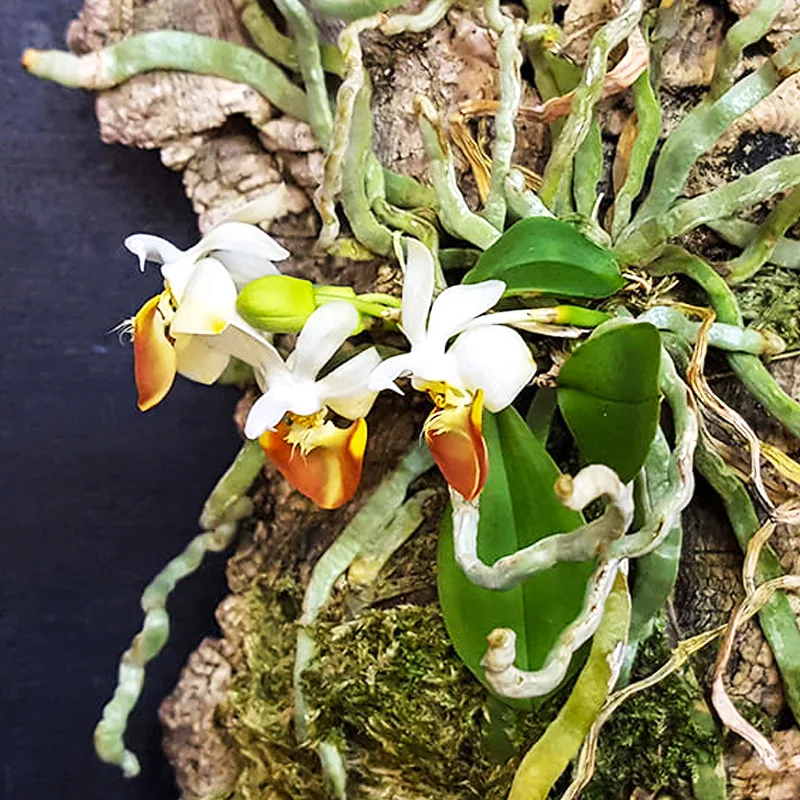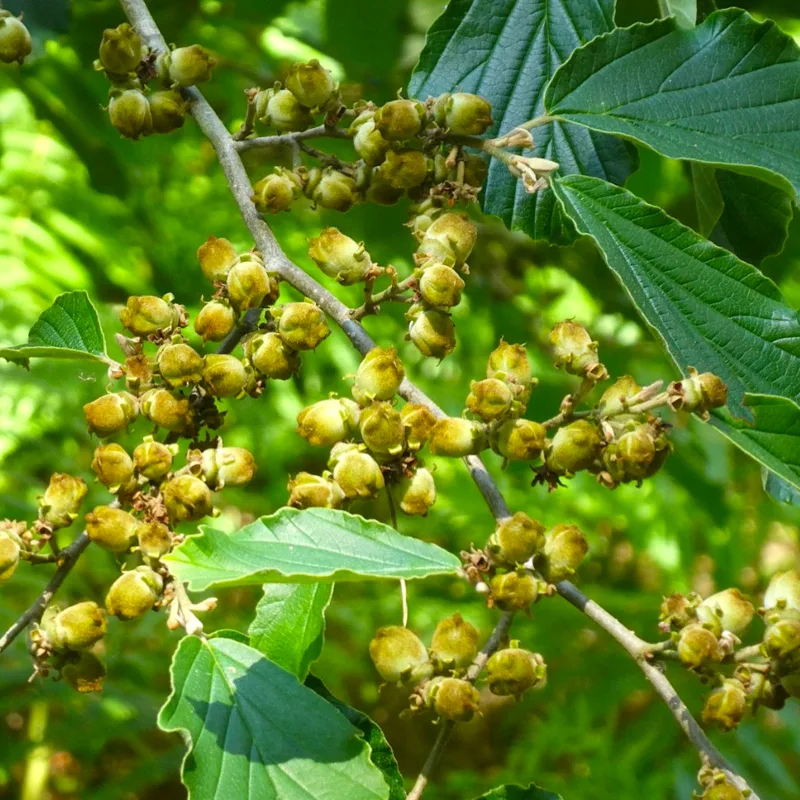
August 29 – Stewartia
"Stewartia, the flowering tree, defines August 29."
Stewartia symbolizes grace and perseverance. You bloom beautifully even in the face of challenges. Like its delicate flowers, you are a source of admiration and wonder.
The Allure of Stewartia: A Personal Reflection by Ferb Vu
I’ve always been drawn to the subtle elegance of the natural world. While flamboyant flowers and towering trees certainly have their place, I find myself captivated by those species that exude a quiet grace, a beauty that unfolds gradually, revealing its intricacies to the patient observer. The genus Stewartia perfectly embodies this understated charm, and I’m eager to share my admiration for these remarkable plants.
For those unfamiliar, Stewartia is a genus of deciduous shrubs and trees belonging to the Theaceae family, making them relatives of the beloved camellia. Native to East Asia and the southeastern United States, these plants are prized for their exquisite flowers, striking bark, and vibrant autumn foliage. They are a true testament to the beauty of impermanence, offering a captivating display that evolves with the changing seasons.
A Tapestry of Species
The genus Stewartia encompasses a diverse array of species, each with its own unique characteristics and allure. Here are:
- Stewartia pseudocamellia (Japanese Stewartia): Perhaps the most widely cultivated species, renowned for its camellia-like flowers and exfoliating bark, which peels away to reveal a mosaic of rich colors. Plant FAQs: Stewartia Pseudocamellia – Japanese Stewartia
- Stewartia monadelpha (Tall Stewartia): A stately tree with large, cup-shaped flowers and attractive, cinnamon-colored bark.
- Stewartia malacodendron (Silky Stewartia): Native to the southeastern US, this species boasts exquisite, silky white flowers adorned with purple stamens.
- Stewartia ovata (Mountain Stewartia): Another North American native, recognized for its smaller stature and profuse blooms.
- Stewartia sinensis (Chinese Stewartia): As its name suggests, this species hails from China and is characterized by its prominent, orange-brown anthers.
- Stewartia serrata (Saw-toothed Stewartia): Distinguished by its serrated leaves and delicate, white flowers.
- Stewartia rostrata (Beaked Stewartia): Notable for its elongated seed capsules, which resemble beaks.
- Stewartia acutisepala P.L.Chiu & G.R.Zhong
- Stewartia calcicola T.L.Ming & J.Li
- Stewartia cordifolia (H.L.Li) J.Li & T.L.Ming
- Stewartia crassifolia (S.Z.Yan) J.Li & T.L.Ming
- Stewartia densivillosa (Hu ex Hung T.Chang & C.X.Ye) J.Li & T.L.Ming
- Stewartia laotica (Gagnep.) J.Li & T.L.Ming
- Stewartia medogensis J.Li & T.L.Ming
- Stewartia micrantha (Chun) Sealy
- Stewartia obovata (Chun ex Hung T.Chang) J.Li & T.L.Ming
- Stewartia pteropetiolata W.C.Cheng
- Stewartia rubiginosa Hung T.Chang
- Stewartia sichuanensis (S.Z.Yan) J.Li & T.L.Ming
- Stewartia sinii (Y.C.Wu) Sealy
- Stewartia tonkinensis (Merr.) C.Y.Wu ex J.Li
- Stewartia villosa Merr.
A Symphony of Seasons
One of the most captivating aspects of Stewartia is its ability to transform throughout the year, offering a continuous spectacle of beauty. In spring, the trees awaken with a profusion of delicate, cup-shaped flowers, typically white with contrasting yellow stamens. These blooms, often reminiscent of camellias or single roses, exude a subtle fragrance and provide a welcome source of nectar for pollinators.
As summer progresses, the flowers give way to interesting seed capsules, while the foliage provides a lush backdrop of deep green. But it’s in autumn that Stewartia truly comes into its own. The leaves transform into a fiery tapestry of scarlet, crimson, and gold, rivaling even the most vibrant maples. And as the leaves fall, they reveal the tree’s most distinctive feature: its bark.
The bark of many Stewartia species is a work of art in itself. It exfoliates in patches, revealing a mesmerizing mosaic of colors, ranging from smooth gray and warm brown to rich cinnamon and reddish-brown. This characteristic gives the trees a unique, almost painterly quality, adding visual interest to the winter landscape.
Cultivating Tranquility
Beyond their aesthetic appeal, Stewartia trees possess a certain serenity that resonates deeply with me. Their understated elegance and gradual transformation throughout the seasons evoke a sense of calm and contemplation. They are a reminder that true beauty lies not in fleeting grandeur, but in the subtle nuances and enduring qualities that unfold over time.
In a world that often demands our attention with bold displays and instant gratification, Stewartia offers a refreshing alternative. These trees invite us to slow down, to observe, and to appreciate the beauty of the present moment. They teach us the value of patience and the rewards of mindful observation.
Whether gracing a woodland garden, a city park, or a quiet corner of my own backyard, Stewartia trees bring a touch of tranquility to any landscape. They are a testament to the enduring power of nature’s artistry and a constant source of inspiration for me.
If i die, water my plants!



